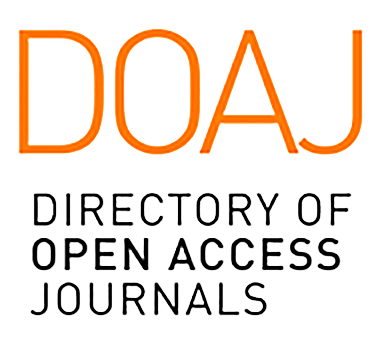

2708-9517








MLA Directory of Periodicals
REAO: East Asian Studies Journals
EBSCO Education
ProQuest
Google Scholar
Semantic Scholar
ROAD
BASE
Helka Helsinki Library
Baidu Scholar
Ex Libris
Jouroscope
US Department of Commerce Research Library

Jie Deng
John Archibald
University of Victoria, Canada
Abstract
In this paper, we probe the question of whether heritage leaners (HLs) have a phonological (rather than just the documented phonetic) advantage in language classes. Polinsky (2015) argues adult HLs, while divergent in morphosyntax, have certain “phonological” advantages. Chang, Yao, Haynes and Rhodes (2011) argue that HLs are more nativelike than second language (L2) learners in producing certain phonetic details. We explore the teaching and learning of Chinese T3 tone sandhi (i.e., a phonological feature that learners must acquire). Given that T3 has been argued to be the most problematic tone in both L2 perception and production among all lexical tones (Zhang, 2014, 2016), we probe how “good” their sandhi pronunciation is. Our data show that the Mandarin HLs do not have a phonological advantage over (i.e., are not significantly different from) non-heritage L2 learners. Furthermore, we show that Cantonese HLs are significantly less comprehensible than non-heritage L2 learners. Little time is devoted to pronunciation in language teaching (Huensch, 2019). This is true in many Chinese classes in Canadian universities. Common textbooks (e.g., Integrated Chinese) emphasize vocabulary and grammar. Chinese instructors in Canadian universities face the challenge of having a mixed student population: heritage language learners (HLs) and non-heritage L2 learners. This can lead to high levels of anxiety in the HLs in the classroom (Prada & Guerrero-Rodriguez, 2020). Teachers need to be aware of this HL anxiety and cannot assume that HLs will be “experts” in their class.
Keywords
Heritage learners, Chinese, tone sandhi, comprehensibility, L2 learning
三声变调的教与学:加拿大大学汉语课堂中的二语和继承语学习者的研究
邓婕
John Archibald
维多利亚大学,加拿大
摘要
本论文探讨了继承语学习者 (HLs) 在语言课堂上是否具有音系学优势 ( 而不仅仅是记录在案的语音优势 ) 的问题。 Polinsky (2015) 认为,成年继承语学习者虽在词素句法上表现不一,但在“音系学”上有一定的优势。 Chang、 Yao、 Haynes 和 Rhodes (2011) 认为,继承语学习者在产生某些语音 细节方面,比第二语言 (L2) 学习者更地道。本文探讨汉语三声变调 ( 学习者必须习得的音系特征之一 ) 的教与学。考虑到三声被认为是汉语音调中二语感知和产出最容易出问题的音调 (Zhang, 2014, 2016),我们探究学习者的三声变调发音有多“好“。我们的数据显示,官话继承语学习者,相较于非继承语的二语学习者,没有音系优势 ( 即没有显著差异 )。此外,我们还发现,在语言可理解度方面,粤语继承语学习者明显低于非继承语学习者的二语学习者。在语言教学中,花在发音上的时间很少 (Huensch, 2019)。加拿大大学的许多中文课就是如此。常见汉语教材 ( 如综合汉语 ) 强调词汇和语法。加拿大大学的中文教师面临着学生语言背景混合的挑战 : 继承语学习者 (HLs) 和二语学习者。这可能导致课堂上继承语学习者的高度焦虑 (Prada & Guerrero-Rodriguez, 2020)。教师需要意识到这种焦虑,不可想当然地认为继承语学习者是中文班上的“专家”。
关键词
继承语学习者,汉语,变调,可理解度,二语学习